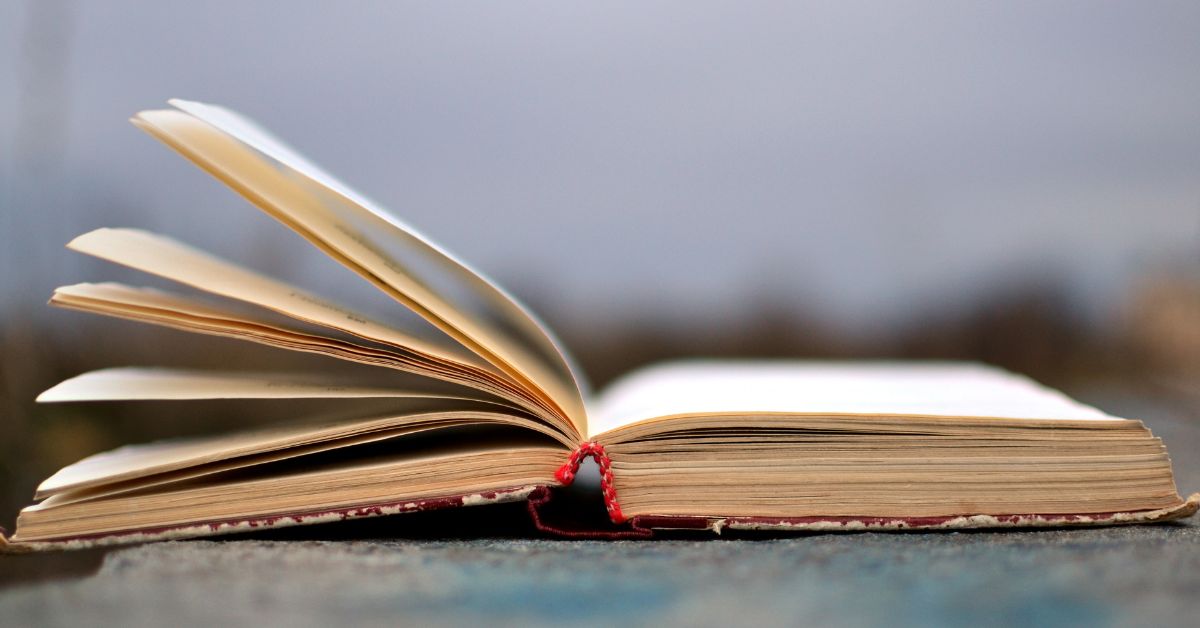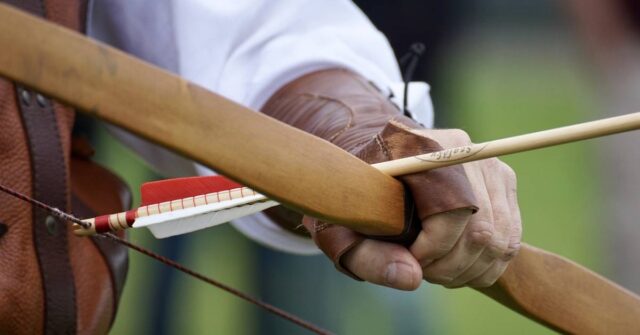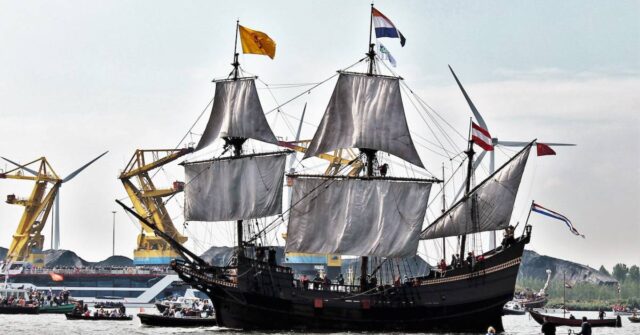Skaldic poetry is a unique and intricate form of verse that thrived in the Viking Age. Originating in Norway and perfected in Iceland, it stands out for its complexity and artistic depth.
This tradition has left an indelible mark on Norse culture, providing a rich tapestry of historical, mythological, and cultural insights.
Introduction to Skaldic Poetry
Skaldic poetry, often overshadowed by the more widely known Eddaic poetry, is a testament to the Norse people’s love for intricate and sophisticated art forms.
It encompasses various themes, from glorifying kings and warriors to depicting mythological events.
Origins and Development
The origins of skaldic poetry trace back to Norway, where early poets, known as skalds, began crafting these elaborate verses.
By the 9th century, Icelandic poets had taken up the mantle, elevating the art form to new heights.
The migration of Norwegian settlers to Iceland in the 9th century played a crucial role in this cultural transmission.
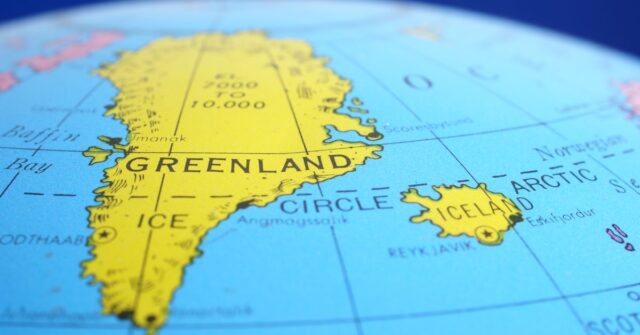
The Norwegian Roots
In Norway, skaldic poetry began as an oral tradition, with skalds performing their verses at the courts of kings and chieftains.
These poets were revered not only for their artistic skills but also for their ability to preserve history and cultural identity through their compositions.
The Icelandic Influence
When Norwegian settlers arrived in Iceland, they brought with them the skaldic tradition.
Icelandic skalds, such as Egill Skallagrímsson and Snorri Sturluson, refined the art, creating works that are still studied and admired today.
Iceland’s isolation allowed this tradition to flourish relatively undisturbed by outside influences.
Skaldic vs Eddaic Poetry
While both Skaldic and Eddaic poetry are integral to Norse literature, they differ significantly in form and function.
Eddaic poetry, found in works like the Poetic Edda, is typically simpler and more narrative-driven, focusing on mythological and heroic tales.
Distinct Characteristics
Skaldic poetry is characterized by its complexity, both in structure and language.
It often employs intricate metrical patterns and extensive use of kennings—figurative expressions that replace simple nouns.
These features make skaldic verses challenging to compose and interpret.
Comparative Analysis
Unlike the straightforward storytelling of Eddaic poetry, Skaldic poetry is more personalized and encomiastic, frequently composed to honor specific individuals or events.
This personal nature often results in highly stylized and ornamented language, rich in allusions and metaphors.
Forms and Techniques in Skaldic Poetry
Skaldic poetry encompasses several distinct forms, each with its own set of rules and stylistic conventions.
Understanding these forms is key to appreciating the art and skill involved in skaldic composition.

Common Forms
Among the many forms of Skaldic poetry, some of the most notable include lausavísur, drápa, and flokkr. Each serves different purposes and follows unique structural guidelines.
Lausavísur (Loose Verses)
Lausavísur are standalone stanzas, often composed spontaneously. These verses, despite their brevity, demonstrate the skald’s mastery of language and meter.
They are typically used to make pithy comments or observations, often of a personal nature.
Drápa and Flokkr
The drápa is a longer form of skaldic poetry, consisting of a series of stanzas with a refrain (stef) interspersed.
This form is typically used for elaborate praise poems, commemorating the deeds of kings and heroes. The flokkr, similar to the drápa, lacks the refrain but maintains the same level of complexity and formality.
Other Forms: Vísur and Dræplingr
Other forms include vísur (verses or stanzas) and dræplingr (a shorter series of verses without refrain).
Each form serves specific functions within the poetic tradition, allowing skalds to adapt their compositions to different occasions and audiences.
Technical Aspects
The technical aspects of skaldic poetry are perhaps its most distinguishing features. These include its metrical patterns, use of alliteration, and the intricate kennings that pepper the verses.
Complex Metrical Patterns
Skaldic poetry employs complex metrical patterns, such as dróttkvætt, which require strict adherence to syllable counts, stress patterns, and internal rhymes.
This meticulous structure demands a high level of skill and precision from the poet.
Use of Alliteration
Alliteration is a hallmark of skaldic poetry, with each line typically containing multiple alliterative sounds.
This technique not only adds to the musical quality of the poetry but also aids in memorization and oral delivery.
Understanding Kennings
Kennings are metaphorical expressions that replace simple nouns, often combining two or more words to create a vivid image.
For example, “whale-road” for the sea or “battle-sweat” for blood. Kennings enrich the language of skaldic poetry, adding layers of meaning and imagery.
Themes and Content of Skaldic Poetry
The themes of skaldic poetry are as varied as the forms themselves.
From historical narratives to mythological tales, skalds covered a wide array of subjects, reflecting the interests and values of their society.
Historical Narratives
One of the primary functions of skaldic poetry was to record and glorify the deeds of kings, warriors, and other notable figures.
These historical narratives provide valuable insights into the events and personalities of the Viking Age.
Praise Poems for Kings and Warriors
Many skaldic poems are encomiastic, written to praise the achievements of kings and warriors.
These poems often recount battles, conquests, and acts of bravery, serving both to honor the subjects and to inspire future generations.
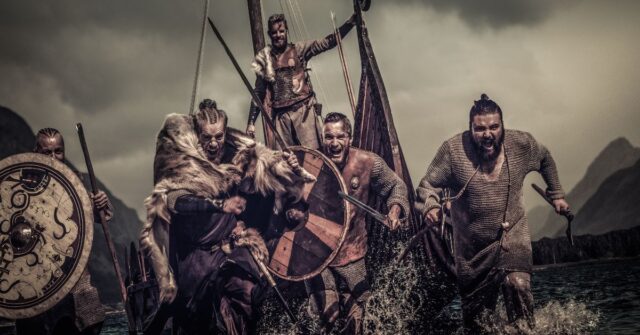
Recording Battles and Deeds
Skaldic poetry also served as a historical record, preserving detailed accounts of battles and other significant events.
The precision and artistry of these accounts provide historians with a rich source of information about Viking history.
Mythological Themes
In addition to historical subjects, skaldic poetry frequently delves into mythology, recounting the deeds of gods and legendary heroes.
These mythological themes connect the poetry to the broader Norse cosmology and belief system.
Deeds of Gods and Mythical Heroes
Poems like “Ragnarsdrápa” and “Haustlöng” celebrate the exploits of gods such as Thor and Odin, as well as legendary figures like Ragnar Lodbrok.
These stories not only entertain but also convey moral and cultural values.
Famous Mythological Poems
Some of the most renowned skaldic poems include mythological elements. “Húsdrápa,” for example, describes scenes from Norse mythology depicted on the walls of a chieftain’s hall, blending artistic description with storytelling.
Cultural Significance of Skalds
Skalds were more than just poets; they were integral to the cultural and social fabric of Viking society.
Their roles extended beyond mere entertainment, encompassing historical preservation, diplomacy, and advice.
Role in Viking Society
Skalds held esteemed positions in Viking society, often serving as close advisors to kings and chieftains.
Their poetry not only celebrated the deeds of their patrons but also reinforced social hierarchies and cultural values.
Skalds as Poets and Historians
As poets, skalds were responsible for crafting verses that immortalized the achievements of their patrons.
As historians, they preserved these accounts for posterity, ensuring that the deeds of their subjects were remembered and honored.
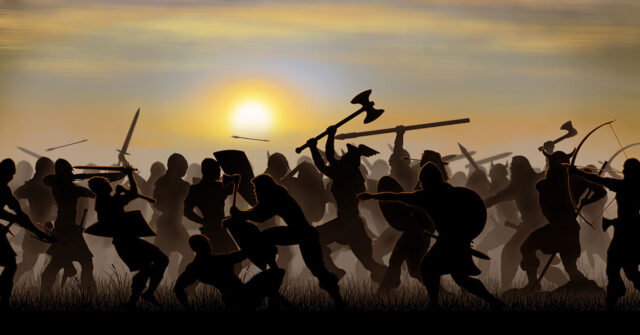
Diplomats and Advisors
In addition to their literary roles, skalds often acted as diplomats and advisors, using their eloquence and wisdom to influence decisions and mediate disputes.
Their ability to craft persuasive and artful language made them valuable assets in political and social matters.
Influence on Norse Culture
The influence of skaldic poetry on Norse culture is profound.
These poets played a key role in preserving and transmitting cultural heritage, ensuring that the values and stories of their people endured through the ages.
Preserving Norse Cultural Heritage
Skaldic poetry has been instrumental in preserving the cultural heritage of the Norse people.
Through their verses, skalds captured the spirit of their age, creating a rich tapestry of history, myth, and cultural identity.
Impact on Modern Scandinavian Literature
The legacy of skaldic poetry continues to influence modern Scandinavian literature.
Contemporary writers and scholars draw inspiration from these ancient texts, exploring their themes and techniques in new and innovative ways.
Famous Skalds and Their Works
Several skalds have achieved fame for their exceptional contributions to skaldic poetry.
These poets not only elevated the art form but also left a lasting legacy through their works, which continue to be studied and celebrated today.
Prominent Skalds
The most notable skalds include figures such as Bragi Boddason, Egill Skallagrímsson, and Snorri Sturluson.
Each of these poets brought a unique voice and style to skaldic poetry, leaving an indelible mark on Norse literature.
Bragi Boddason
Bragi Boddason, often referred to as Bragi the Old, is considered one of the earliest skalds.
Active in the 9th century, he is credited with composing the “Ragnarsdrápa,” a poem that blends mythological and heroic themes. Bragi’s work set a high standard for subsequent generations of skalds.
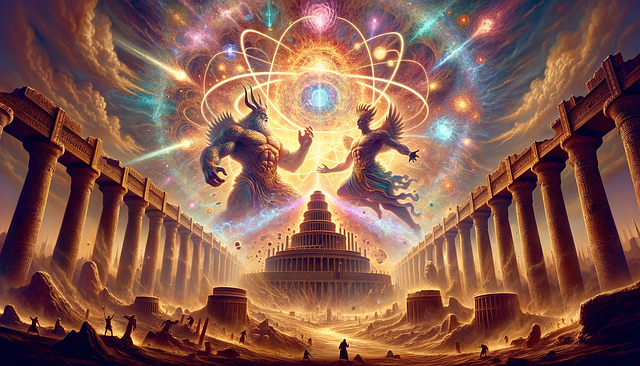
Egill Skallagrímsson
Egill Skallagrímsson, a 10th-century Icelandic skald, is best known for his intensely personal and often poignant poetry.
His most famous work, “Höfuðlausn” (Head-Ransom), was composed to save his own life, showcasing his mastery of the craft under extreme pressure.
Egill’s poetry is characterized by its emotional depth and technical brilliance.
Snorri Sturluson
Snorri Sturluson, a 12th-century Icelandic historian and poet, is renowned not only for his skaldic compositions but also for his prose works, including the “Prose Edda.”
This compilation of Norse mythology and poetics has been invaluable in preserving the knowledge and techniques of skaldic poetry.
Snorri’s contributions have had a lasting impact on the study and appreciation of Norse literature.
Notable Works
The works of these skalds and others provide a window into the world of the Vikings, offering insights into their values, beliefs, and historical events.
These poems are celebrated for their artistic merit and historical significance.
Examples of Praises and Myths
Skaldic poetry often praised the deeds of kings and heroes.
Examples include “Glymdrápa,” which celebrates the achievements of King Harald Fairhair, and “Vellekla,” a praise poem for Jarl Hákon Sigurðarson.
These works highlight the skald’s role in honoring and memorializing their patrons.
Analysis of Key Poems
Key skaldic poems such as “Hrafnsmál,” attributed to Þorbjörn Hornklofi, provide rich narratives of Viking life and warfare.
“Húsdrápa” by Úlfr Uggason, which describes mythological scenes depicted on the walls of a chieftain’s hall, showcases the blend of art and storytelling that defines skaldic poetry.
Each poem is a masterpiece of linguistic and cultural significance.
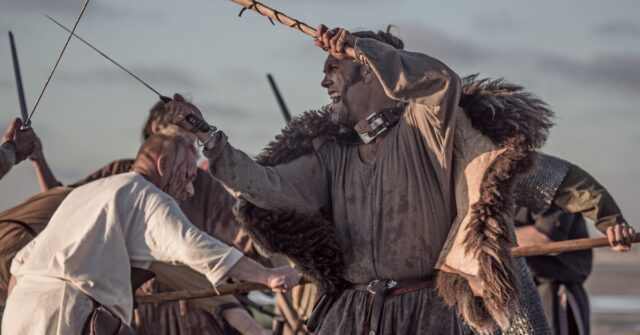
Preservation and Modern Influence
Skaldic poetry has endured through the centuries, thanks to the diligent efforts of scribes and scholars who preserved these works.
The influence of skaldic poetry extends beyond its historical period, continuing to inspire and inform modern literature and scholarship.
Oral Tradition to Written Records
Initially transmitted orally, skaldic poetry was eventually written down in manuscripts, ensuring its survival.
This transition from oral to written form was crucial in preserving the nuances and complexities of the skaldic tradition.
Manuscripts like the “Prose Edda” and various sagas have been invaluable in maintaining the integrity of these works.
Transition from Oral to Written Form
The oral tradition of skaldic poetry required skalds to have remarkable memory and improvisational skills.
As the practice of writing became more widespread, these oral compositions were transcribed, allowing for a more permanent and accessible record.
This shift was essential in preserving the detailed and elaborate nature of skaldic poetry for future generations.
Importance of Manuscripts and Sagas
Manuscripts such as the “Codex Regius” and “Flateyjarbók” have preserved numerous skaldic poems. These texts provide a wealth of information about Norse culture, mythology, and history.
The sagas, which often incorporate skaldic verses, offer a rich narrative context, enhancing our understanding of these poems and their significance.
Skaldic Poetry in Contemporary Research
Today, skaldic poetry continues to be a subject of scholarly interest. Researchers and writers explore its themes, techniques, and historical context, contributing to a deeper appreciation of this unique art form.
Influence on Modern Narratives
Modern writers and poets draw inspiration from skaldic poetry, incorporating its themes and stylistic elements into their work.
This influence is evident in contemporary Scandinavian literature, where the legacy of the skalds continues to resonate.
The complex structures and rich imagery of skaldic poetry offer a valuable resource for creative expression.
Academic Studies and Interpretations
Academic studies of skaldic poetry have shed light on its linguistic, cultural, and historical significance.
Scholars analyze the intricate meters, alliteration, and kennings to better understand the technical prowess of the skalds.
These studies also explore the cultural and historical context of the poems, providing insights into the Viking Age and its literary traditions.

Conclusion
Skaldic poetry is a vital part of Norse heritage, offering a window into the minds and hearts of the Vikings.
Its complex structures, rich imagery, and diverse themes make it a unique and valuable literary tradition.
The Skalds who composed these verses were not only poets but also historians, diplomats, and advisors, whose work continues to influence and inspire.
By studying and preserving skaldic poetry, we gain a deeper understanding of Viking culture and its enduring legacy.
Enduring Legacy of Skaldic Poetry
The legacy of skaldic poetry endures through the centuries, maintaining its relevance and appeal. Its intricate verses and vivid imagery continue to captivate readers and scholars alike.
The Skalds’ contributions to literature and culture are a testament to the richness and depth of Norse artistic traditions.
Importance in Understanding Viking Heritage
Understanding skaldic poetry is essential for comprehending Viking heritage. These poems provide a direct link to the past, offering insights into the values, beliefs, and experiences of the Norse people.
They enrich our knowledge of Viking history and contribute to the preservation of their cultural legacy.
Continued Relevance Today
Skaldic poetry remains relevant today, influencing modern literature and academic research. Its themes, techniques, and cultural significance continue to inspire new generations of writers and scholars.
The enduring appeal of skaldic poetry is a testament to its timeless beauty and profound impact on the literary world.

